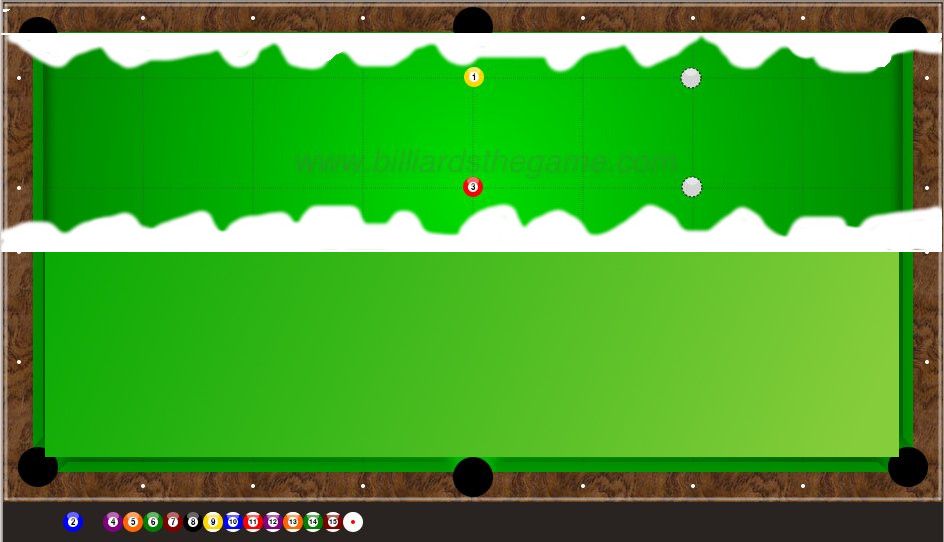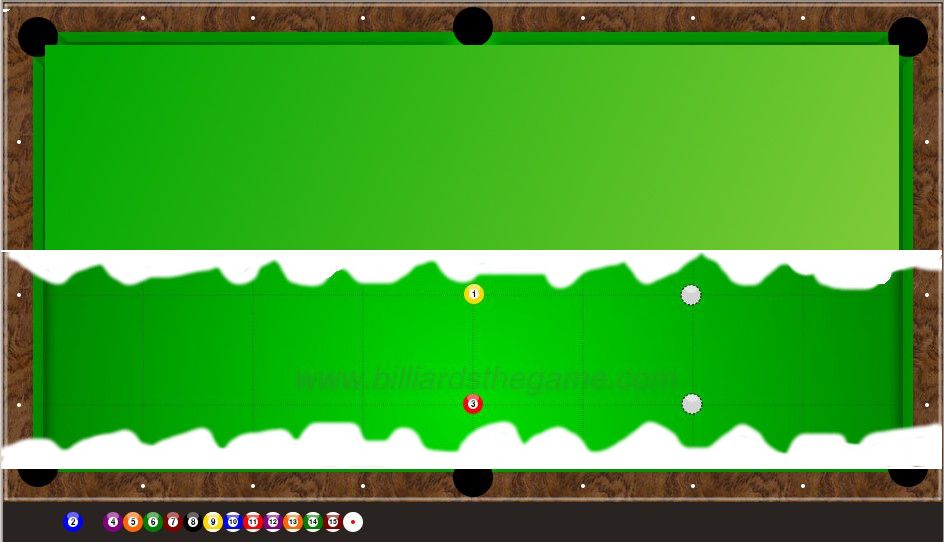I hate to ask this question again, just remember not to pounce, I'm one of you...
Monty, you said something in your diagram that hit home. You said the balls would have a slightly different orientation because of the reference of the table (true) which enables you to make both shots with the same aim point and sweep. So my question is - and has been - why? I know it works, but what is it about the reference of the table that causes us to line up differently on two balls that are similar to or parallel to each other? Conversely, why without that reference would it NOT work?
This is the same thing that has bugged me for a while, mostly because I just can't figure it out. It's almost like sometimes I have it on the tip of my brain then I lose it. But something about the table/pocket reference is causing us to orientate our bodies initially differently, yet consistently, to similar shots, the end result being that our perception of the CTE line is starting from a slightly different starting point or direction, which then of course has the same affect on the ABC lines, which results in different shot lines for all of these examples that come up.
In other words, the CTE line and secondary aim points have to be different to make both shots, yet without the table as a reference it doesn't follow that they would be. So why, and how, does the framework of the table force this difference in perception?
Again, know it works, and it may be a subconscious difference in orientation, but interesting how repetitive it is not only from shot to shot but from person to person. I apologize if this was somehow addressed somewhere and I missed it. Seems like a critical component in understanding exactly how everything works and deflecting those age old arguments...
Scott
During your process you're merely making an adjustment by knowing the table and your eyes give you feedback for this to happen. It's called adjusting for the shot. You will not perceive this adjustment anywhere else. If you to do your routine on any other surface,everything would be the same. You will not create 2 different angles . What makes it a center pocket system is you,not the system.
Last edited:




